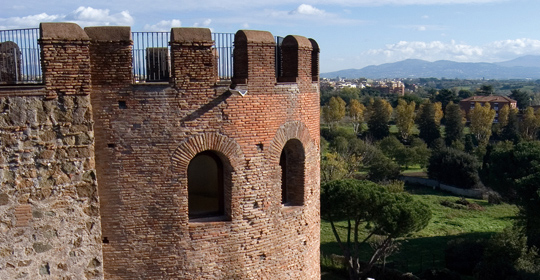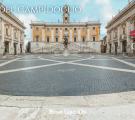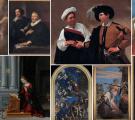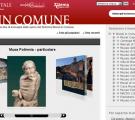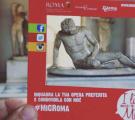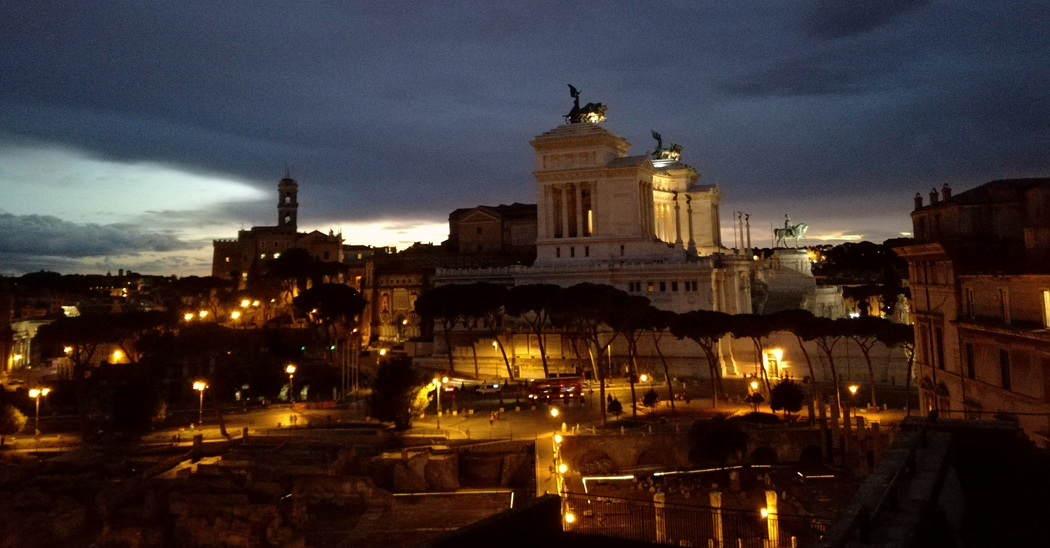814
The Museum is located within the San Sebastiano Gates, one of the largest and best conserved gates in the Aurelian Walls. The exhibits tell the history of the city’s fortifications, from the walls constructed during the royal and republican ages to the Aurelian Walls (3rd century BC).
The Museum of the Walls is located in Porta San Sebastiano, one of the largest and best preserved parts of the Aurelian Walls. The current display, on the first and second floors, opened in 1990 and is divided into three sections - ancient, mediaeval and modern, each with explanatory texts, drawings and photographs. The display narrates the history of the city's fortifications. It starts with those built under the kings of Rome, then those under the Republic, before discussing the walls built by Marcus Aurelius in the third century BC. The historical and political events that led to the building of the Aurelian walls are detailed, as well as the strategic considerations that led to them being built where they were. There is a further analysis of the building techniques used, including door types, as well as subsequent restorations and transformations.
The circular hall on the first floor contains models of the various construction phases of the Aurelian Walls, and a three dimensional plan of Rome, showing the layout of its fortifications. In the mediaeval and modern sections, found on the second floor, the historical and architectural events that befell the Aurelian Walls are narrated, tracing how in mediaeval times the relation of the walls to the city changed as the population dwindled.
On the walls of the two rooms in the museum are hung plaster casts of the crosses cut into the stone above the entrance arches of some of the doors. The casts also illustrate the crosses, palmettes and wheel patterns made with bricks by the workmen during the building of the walls.
The terrace on the central section between the gateway's two towers and that in the western tower are also accessible to visitors.
